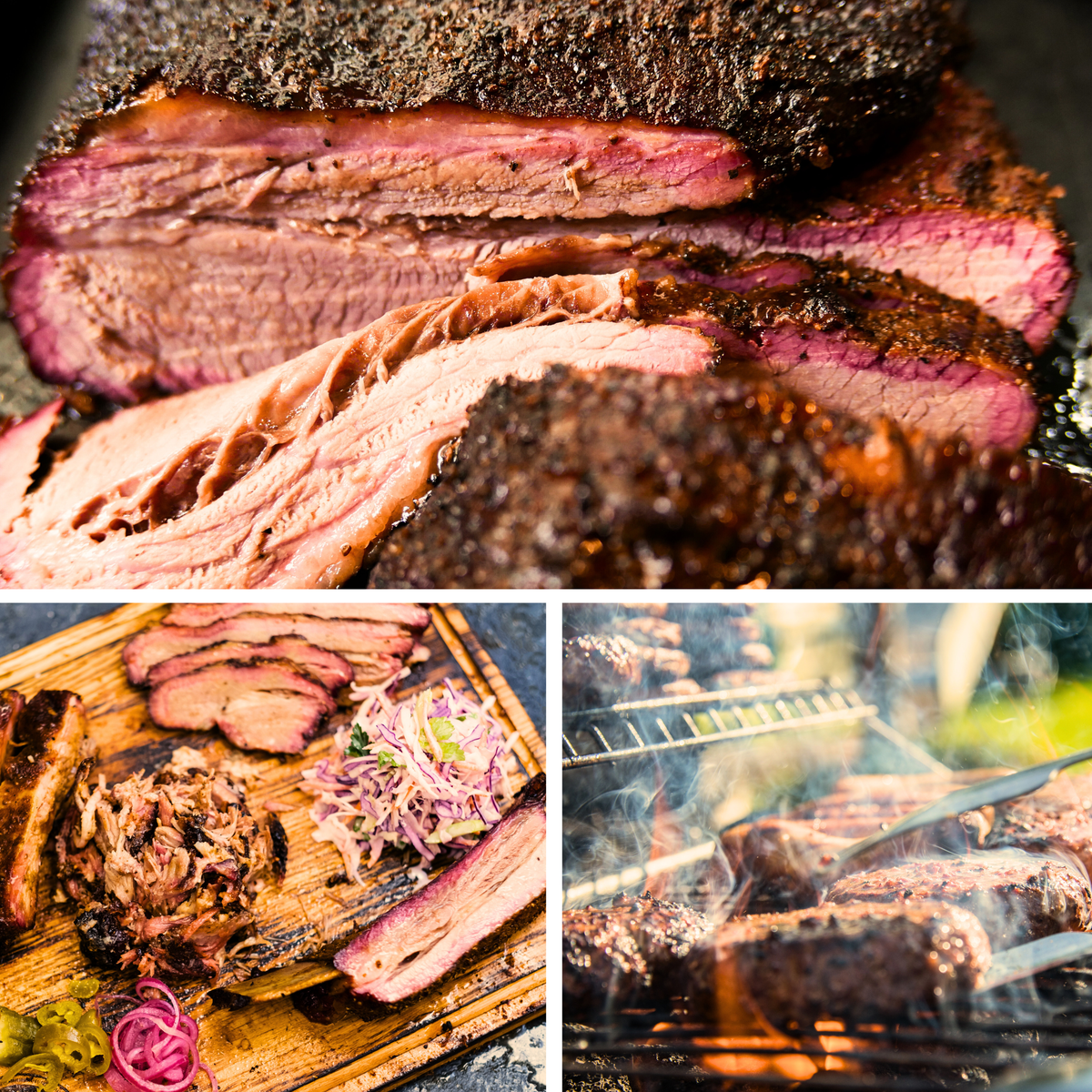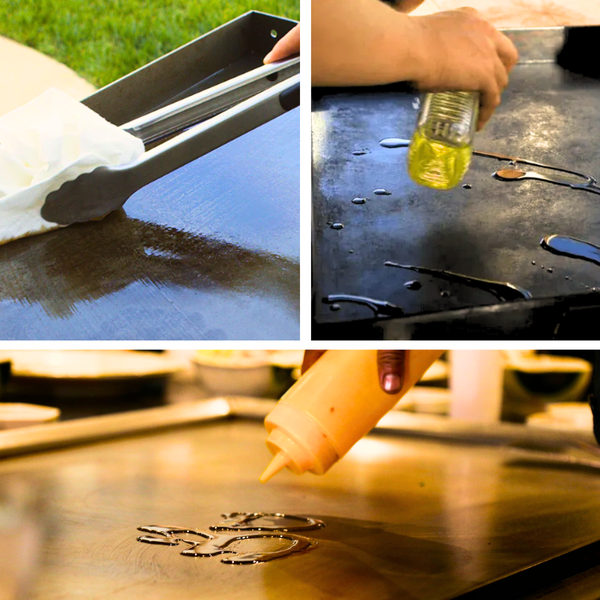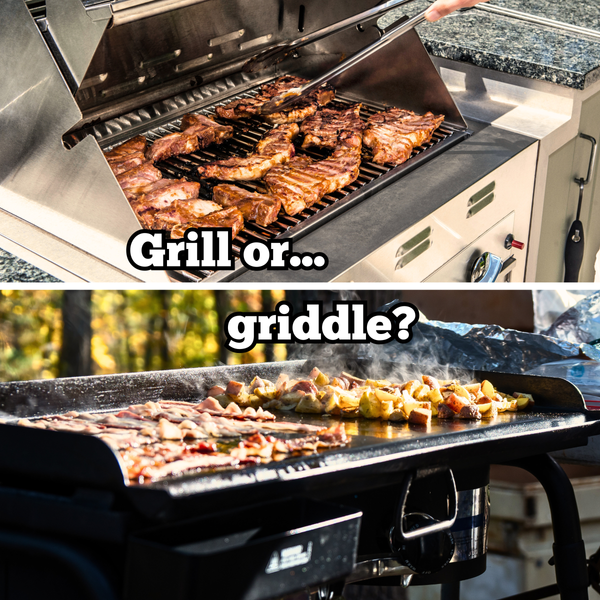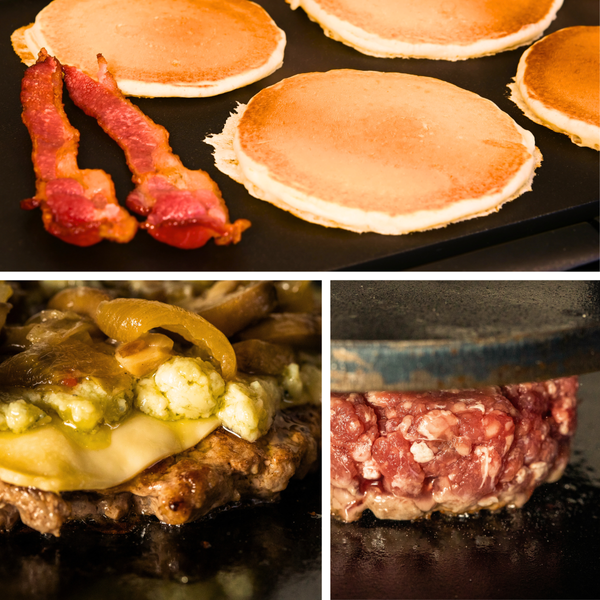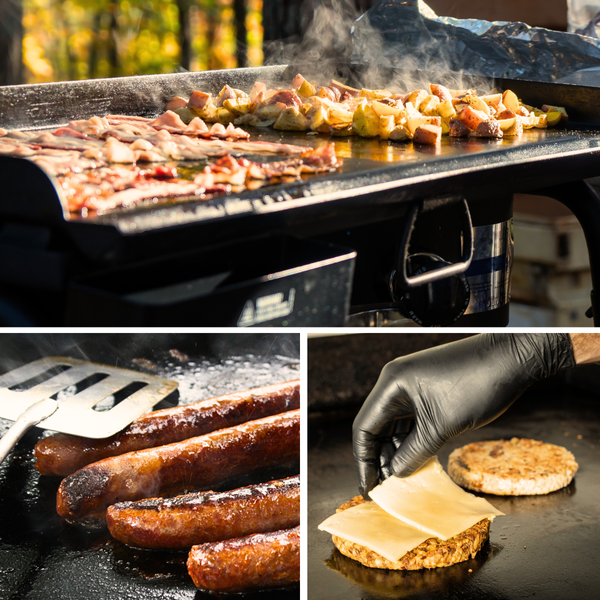Key Takeaways:
- Discover the art of dry brining to enhance the flavor and texture of your smoked meats.
- Learn a variety of smoked meat recipes, from beef brisket to smoked turkey, that will impress any palate.
- Understand the differences between dry and wet brining and how to apply these techniques for perfect results every time.
Smoking meat is an age-old tradition that has been refined over centuries, turning simple cuts of meat into mouthwatering delicacies. The secret to unlocking the full potential of smoked meats often lies in the preparation stage, with dry brining being a pivotal step. This comprehensive guide will walk you through the nuances of dry brining and provide you with delicious recipes to showcase your newfound skills.
What is Dry Brining?
Dry brining is a method of preparing meat for cooking, which involves the application of salt and other seasonings directly onto its surface. Unlike wet brining, which submerges the meat in a salt water solution, dry brining uses kosher salt crystals and other spices to draw out moisture, allowing for better browning and a more concentrated flavor.
The Science Behind Dry Brining
When salt is applied to meat, it draws moisture to the surface through osmosis. This moisture then dissolves the salt, creating a concentrated brine that is reabsorbed into the meat. This process not only seasons the meat but also alters the muscle proteins, resulting in a bouncier texture and more flavorful results.
Choosing the Right Salt for Dry Brining
The type of salt used in dry brining is crucial. Kosher salt crystals are preferred due to their larger size, which allows for a more even distribution without over-salting. Table salt, with its finer grains, can lead to a saltier taste and should be used with caution.
The Benefits of Dry Brining
Dry brining is a simpler process compared to wet brining. It requires less preparation, no need for large containers to hold a salt water solution, and it takes up less space in the refrigerator. Additionally, dry brining leads to crispy skin on poultry and a better crust on meats like beef brisket and pork chops.
Preparing Your Meat for Dry Brining
Before dry brining, it's important to pat dry the meat with paper towels to remove any excess moisture. This ensures that the salt mixture adheres properly and starts the process of surface drying for better browning.
How Long to Dry Brine
The duration of dry brining depends on the type and cut of meat. Small cuts like chicken breast or pork chops may only need a few hours, while larger cuts like a whole turkey or beef brisket can benefit from 24 hours or more.
Dry Brining and Smoking: The Perfect Pair
Dry brining is particularly effective for smoked meats. The process of slow smoke cooking at low temperatures can dry out meat, but when dry brined, the moisture absorbed during the brining process helps to keep it juicy and flavorful.
The Best Smoker Recipes to Try with Dry Brining
There are countless meat smoking recipes that can be enhanced with dry brining. From a classic Texas-style beef brisket to a Thanksgiving turkey with perfectly crispy skin, dry brining can elevate your smoking game.
Beef Brisket: A Smoked Delicacy
Beef brisket is a staple in the world of smoked meats. When dry brined with a simple mix of kosher salt and black pepper, it develops a rich crust known as the "bark," which is prized among barbecue enthusiasts.
Smoked Pork Belly for Ultimate Flavor
Pork belly, when smoked, transforms into a succulent treat with a crispy exterior. Dry brining with a blend of salt and brown sugar not only seasons the meat but also contributes to the formation of that irresistible crust.
Experimenting with Ground Meat in the Smoker
Ground meat isn't typically the first thing that comes to mind when you think of smoker recipes, but it's a playground for the adventurous cook. Imagine crafting a smoke-infused meatloaf or succulent smoked meatballs. The key is to maintain the integrity of the ground beef or ground pork while exposing it to that delectable smoke flavor. A rimmed baking sheet comes in handy here, allowing the smoke to circulate around the meat without any of it falling through the grates.
When your recipe calls for something truly unique, consider making smoked burgers. The smoke flavor elevates the humble burger to new heights, creating a taste sensation that's hard to match with high heat grilling alone. For the best results, form your patties and give them a stint on the smoker before finishing them on a hot grill. This technique ensures a smoky depth with a perfectly charred exterior, making for delicious things on a bun!
Enhancing Smoked Meats with Wet Brines
Wet brines may seem like the antithesis to the dry brining method, but they're just another route to succulent smoked meats. Unlike dry brining, which involves coating the meat with salt and seasonings, wet brines submerge the meat in a flavorful liquid solution. This technique can be particularly beneficial for leaner cuts that tend to dry out during the smoking process. By soaking the meat in a wet brine, typically a mixture of water, salt, sugar, and various spices, you infuse it with moisture and flavor from the inside out.
When considering wet brines for your smoker recipe, think of it as a pre-smoke spa for your meats. The key is to maintain a balance of flavors and not to overpower the natural taste of the meat. A simple wet brine can be made with just a few ingredients in a small bowl: water, kosher salt, and a sweetener like brown sugar or honey. From there, the sky's the limit with the addition of herbs, garlic, or citrus zest. Remember, wet brining requires planning, as the meat should soak for several hours, or even overnight, to achieve the best results.
Texas Style Smoked Fried Chicken
Now, let's take a detour to the Lone Star State with a Texas style twist on a classic: smoked fried chicken. This isn't your average fried chicken; it's a fusion of smoking and frying that creates an explosion of flavors. Begin by dry brining your chicken pieces to ensure they're packed with flavor and juiciness. Then, give them a quick smoke in your trusty smoker to infuse that irresistible woodsy aroma. The final step is to dredge the smoked chicken in seasoned flour and plunge it into hot oil for a crispy, golden exterior.
The beauty of this smoker recipe lies in its versatility. You can play around with different wood chips to subtly alter the flavor profile—mesquite for a stronger, more robust taste, or perhaps applewood for a sweeter touch. Once fried, the chicken's exterior crackles with each bite, revealing the tender, smoky meat within. Serve this Texas style smoked fried chicken with a small bowl of your favorite dipping sauce or a side of coleslaw to cut through the richness. It's a show-stopping dish that's sure to impress at your next barbecue or family gathering.
Crafting the Perfect Roast in Your Smoker
The smoker isn't just for traditional cuts like brisket and ribs; it's also the secret to the perfect roast. Take a prime rib or a chuck roast, apply a dry brine, and let the smoker do its magic. The low and slow cook time allows the fat to render beautifully, infusing the meat with flavor and tenderness. For a Texas-style twist, coat your roast with a robust spice rub before it hits the smoker, and you'll end up with a crust that's packed with flavor.
Don't overlook the smaller cuts like tri tip or brisket burnt ends when you're planning more recipes for your smoker. These cuts benefit immensely from the smoker's steady temperature and smoke infusion. Remember, resting food after it comes out of the smoker is crucial. It allows the juices to redistribute, ensuring that every slice is as succulent as the last. Whether you're aiming for a festive prime rib or a casual weekend tri tip, your smoker is the tool for a memorable meal.
Smoked Chicken Thighs: A Crowd-Pleaser
Chicken thighs are forgiving cuts that are perfect for smoking. Dry brining with salt and your choice of herbs ensures that the skin turns out crispy while the meat remains tender and juicy.
Pulled Pork: A Smoky Classic
For pulled pork, a pork shoulder dry brined in a mixture of salt and spices will result in meat that's flavorful and easy to shred. The salt draws out the natural flavors, producing juicy, tender strands perfect for sandwiches or as a main course.
Thanksgiving Turkey: A New Tradition
Revolutionize your Thanksgiving turkey by dry brining it with a mixture of salt, brown sugar, and autumnal spices. The dry brine will ensure that the turkey skin crisps up beautifully while the meat stays moist and flavorful.
Smoked Turkey Breast for Smaller Gatherings
If you're cooking for fewer people, a turkey breast can be the perfect choice. Dry brining with kosher salt and herbs will give you a delicious, smoky, and moist turkey breast without the need to cook a whole bird.
Smoked Salmon: A Delicate Treat
Smoked salmon is a delicacy that benefits greatly from dry brining. The salt mixture not only seasons the fish but also helps to achieve that sought-after firm yet bouncy texture.
Side Dishes to Complement Your Smoked Meats
No smoked meat feast is complete without side dishes. Consider smoked corn, smoked mac and cheese, or a fresh salad to balance the big flavors of your main course.
Tips for Better Smoking Results
- Always let your meat come to room temperature before smoking for more even cooking.
- Use a wire rack to elevate the meat, allowing the smoke to circulate fully.
- Keep a consistent temperature in your smoker for the best flavor and texture.
Dry Brining vs. Wet Brining
While this article focuses on dry brining, it's worth noting the differences between the two methods. Wet brining involves submerging the meat in a cold water solution mixed with salt and sometimes sugar and spices. It can lead to a juicier end product but requires more space and preparation time.
The Resting Phase: Don't Skip It
After smoking, it's important to let your meat rest on a cutting board before slicing. This allows the juices to redistribute, ensuring that every bite is as moist and flavorful as possible.
Conclusion
Dry brining is a game-changer in the world of smoked meats. It's a straightforward technique that leads to delicious results. Whether you're a seasoned pitmaster or a novice cook, incorporating dry brining into your smoking repertoire will take your dishes to the next level.
Summary
Dry brining is a powerful technique that can transform your smoked meat recipes into culinary masterpieces. By following the steps outlined in this guide, you can achieve crispy skin, juicy interiors, and deep flavors in a variety of meats. Remember to choose the right salt, allow adequate time for brining, and let your meat rest after smoking for the best results. With these great tips and delicious recipes, you're well on your way to becoming a smoking sensation.
FAQ Section
Q: Can I use table salt for dry brining?
A: While you can use table salt, kosher salt crystals are the preferred method due to their larger size, which allows for more even distribution and less risk of over-salting.
Q: How long should I dry brine my meat before smoking?
A: The brining time varies depending on the cut of meat. Small cuts may only need a few hours, while larger cuts like a whole turkey or beef brisket can benefit from 24 hours or more.
Q: Do I need to rinse the meat after dry brining?
A: No, you do not need to rinse the meat after dry brining. Simply pat it dry to remove any excess moisture before smoking for better browning and crispy skin.



